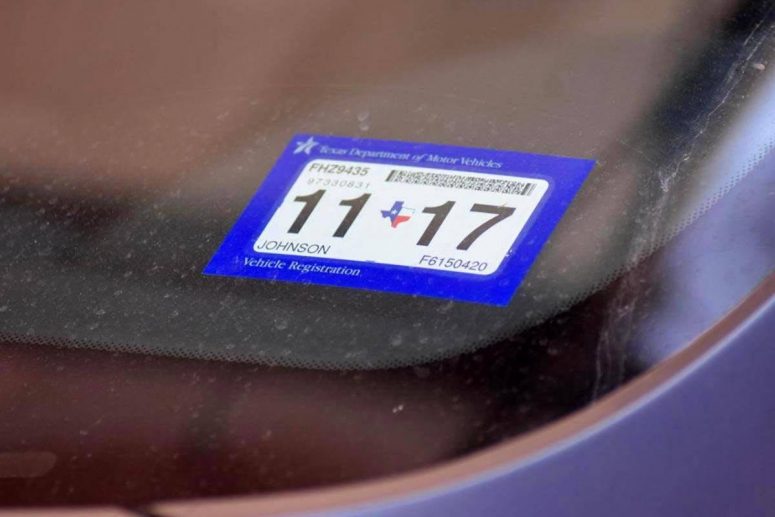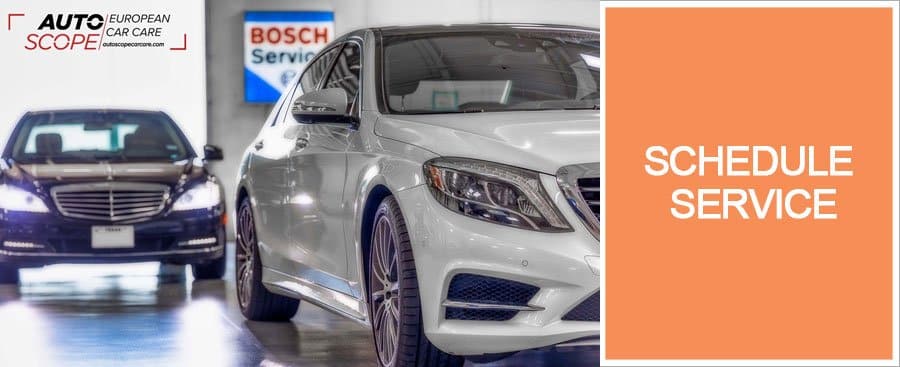What Happens During Your Texas State Vehicle Inspection?
In the State of Texas, vehicles must pass an official state safety and emissions inspection every year in order to legally drive on state roads.
The annual Texas state vehicle inspection helps to ensure that every car is fit to drive and is meant to keep everyone safe on the road. It’s also an opportunity for drivers to discover and fix any problems they may not have been made aware of otherwise, before they develop into even bigger problems that could lead to costly repair bills, or – even worse – an inoperable car. Lastly, as of 2016, the State of Texas has implemented a “one sticker system,” eliminating the inspection sticker and making the inspection renewal date the same as the annual vehicle registration renewal date. This means that in order to renew your registration every year, you must first pass a state inspection.
What Do You Need?
When you take your car in to get it inspected, you will be required to bring a few things with you. It’s important that you remember to bring these items with you, otherwise, the technician will not legally be allowed to perform the inspection:
- Proof of Insurance – Any state insurance is acceptable, so long as it’s full coverage. For those with only liability insurance, it will need to be through a Texas provider.
- Payment – The amount varies depending on the age of the vehicle, the emissions requirements for your vehicle, the county you’re in, and the type of vehicle you have. Different places have different policies regarding the form of payment they’ll accept, as well. The State of Texas requires that you pay the fee, regardless of whether your vehicle passes or fails the inspection. If your car does not pass the inspection, however, you do have 30 days to get it pass-ready – at which point you can return with your paperwork from the initial inspection, and you will not be charged a second time.
- Driver’s License/Photo ID – This must be current and valid.
What Does the Inspector Look For?
While the inspection is not too entirely exhaustive (the process usually completes in about 15 – 30 minutes), the inspector will test/examine the following:
- Horn
- Windshield Wipers
- Mirrors
- Steering
- Seat Belts
- Brakes System (Including the parking brake)
- Tires
- Wheel Assembly
- Exhaust System
- Exhaust Emission System (for gasoline cars 2 – 24 years old)
- Beam Indicator
- (2x) Tail Lamps
- (3x) Stop Lamps
- License Plate Lamp
- Rear Red Reflectors
- Turn Signals
- (2x) Headlights
- Motor/Serial/Vehicle Identification Number
- Gas Caps (for cars 2 – 24 years old)
- Window Tint
For exact information on what is inspected on what vehicles, you can find that here at this helpful Texas DPS page.
We recommend that you conduct your own pre-inspection of these items so that you can be sure to get anything fixed/replaced before taking it in for your state vehicle inspection. This way you can avoid failure and having to worry about whether or not you’ll be able to get the necessary repairs done in time to save you from having to re-pay the inspection fee.
Common Reasons People Fail their Inspection
As you can see from the list above, there are many reasons why a vehicle might not pass a Texas state vehicle inspection – even if it did so the previous year. As with all things, cars can begin to succumb to the wear and tear over the years, and the likelihood that a repair is needed only ever increases with each passing day and mile. It all just depends on the age and condition/level of maintenance. Someone who only drives their car in-town to and from errands may not reach the point where repairs are necessary as soon as someone who uses their car to travel or has a particularly grueling commute. All that being said, here are some of the most common reasons why people who have failed their state inspection:
- Damaged Windshield Wipers – quite easy to overlook, especially if it hasn’t been particularly rainy lately.
- Service Engine Lights – As discussed in our comparison of Service Engine Lights vs Check Engine Lights, it’s always best to bring your car in for diagnostics if you see this light on your dashboard.
- Damaged, or Burned-Out Lights
- Issues with the Parking Brake – If you’re not someone who uses this brake very often, it can be easy to overlook
- Worn Tires – These should be checked regularly, not just for state inspection, but – more importantly – to prevent unnecessary safety risks. A tire blowing out on the highway could be very disastrous. (For those of you concerned with fuel-efficiency, worn/under-inflated tires will negatively impact your MPG)
These may seem like small problems but they can cause serious problems on the road and may lead to an accident. It is important these issues be repaired in order to ensure safe Texas roads and a cleaner environment.
Give us a call at Autoscope if you need to get your European car ready to pass your state-required inspection with flying colors. Our professional technicians are European car repair experts and can help you address any problems with your European car to make your annual Texas state vehicle inspection smooth and hassle-free.


